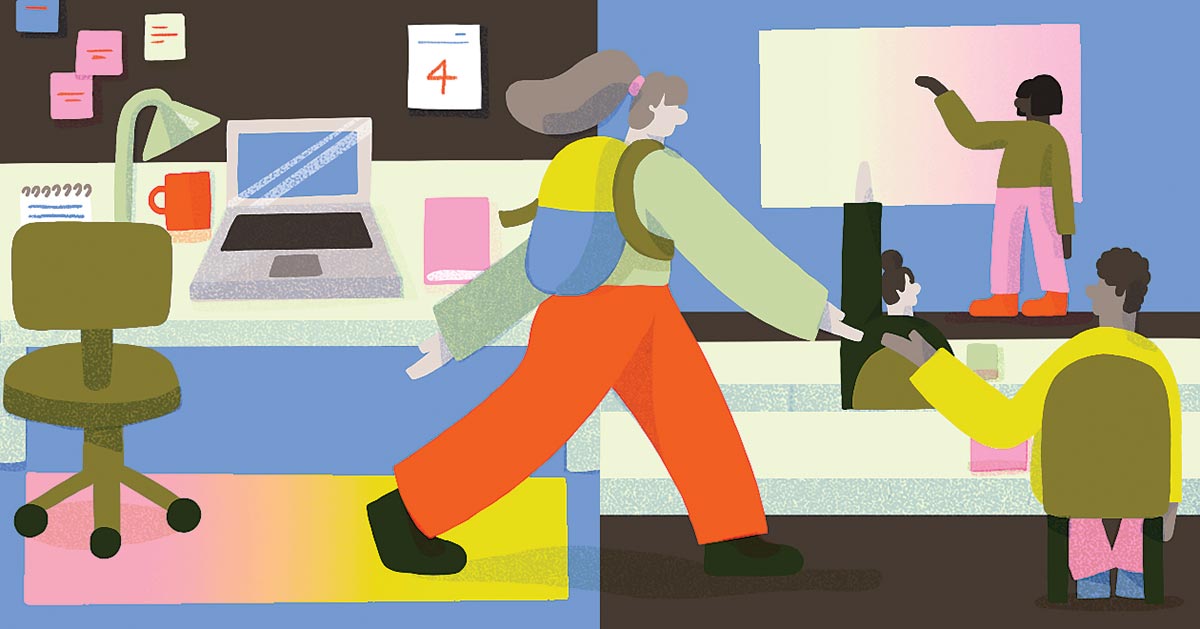Here’s an assignment: try to recall the university classroom or course that was so engaging that you couldn’t help but retain the material years later.
Odds are this class experience strayed far from the conventional lecture. It was full of conversation. You were free to ask questions, solve problems with fellow students, take part in debates and do meaningful group projects. Maybe you got to know your professor, teaching assistant and classmates better than you did in other courses.
It’s that kind of active, engaged learning that is the core concept behind the “flipped” classroom, an experience pioneered by Peter Sankoff, a professor in the Faculty of Law.
In a conventional teaching mode, there wasn’t enough time in a typical lecture session to introduce new material, and discuss questions and problems with students, says Sankoff, an educator and researcher who focuses on legal issues surrounding the criminal trial process, and the relationship between animals and the law.
“I said, ‘What if we take part of the class out of the classroom?’ ” he says. In a flipped classroom, the instructor greets students after they’ve reviewed new material through textbooks or an online video lecture at their own pace. Once in class, they’re ready to dive into the material in a new way — through debates, group discussion, projects, and active, energetic learning. “Suddenly, we could engage in all the problem-solving that we wanted, because the flipped classroom created enough time for us to do that.”
The flipped classroom, Sankoff says, opens more opportunities to take part in dynamic, active learning that sets the stage for a deeper understanding than a lecture would offer. The flipped classroom was created by Colorado secondary school science teachers in 2007 and adopted at Stanford, MIT and Harvard before Sankoff pioneered it in Canada.
In 2021, Sankoff’s mentorship, teaching and course design earned him the Hon. Tevie H. Miller Teaching Excellence Award, recognizing excellence in teaching at the Faculty of Law. But success didn’t come easy, Sankoff says. Perfecting video production and gauging students’ needs took some time, but the flipped classroom turned out to be a perfect fit in a legal education setting.
Practising law requires problem-solving, so the opportunity to simulate cases is valuable. In 2014, Sankoff and the University of Ottawa’s Craig Forcese co-wrote a comprehensive paper in the Canadian Legal Education Annual Review on the benefits of the flipped classroom.
“Students realize that getting outside classroom learning puts them in a better position to succeed,” he says, “and their willingness and ability to build on those outside experiences in the classroom has been wonderful.”

We at New Trail welcome your comments. Robust debate and criticism are encouraged, provided it is respectful. We reserve the right to reject comments, images or links that attack ethnicity, nationality, religion, gender or sexual orientation; that include offensive language, threats, spam; are fraudulent or defamatory; infringe on copyright or trademarks; and that just generally aren’t very nice. Discussion is monitored and violation of these guidelines will result in comments being disabled.